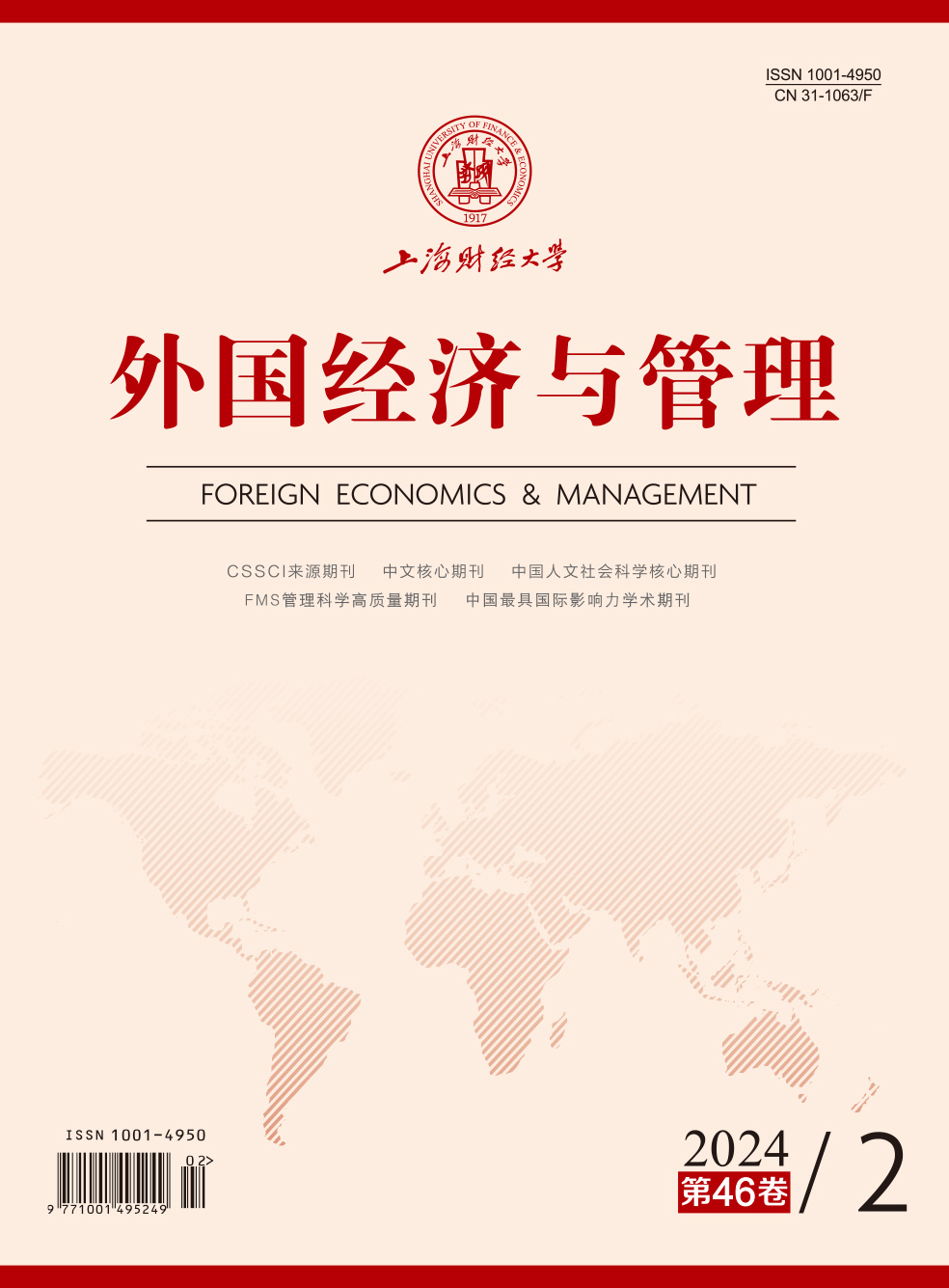Taking the “National Civilized City” campaign as a quasi-natural experiment, this paper studies whether the improvement of urban business environment through the campaign can enhance the attraction of cross-regional investment. By constructing the DID model, it is found that: (1) The title of “National Civilized City” significantly improves the attraction of corporate cross-regional investment, which is reflected in the significant increase in the number of local new subsidiaries. (2) The internal mechanism of corporate cross-regional investment lies in the improvement of business environment after winning the title of “National Civilized City”, which is specifically reflected in the improvement of transportation infrastructure, government efficiency, and human capital. (3) The investment attraction effect of national civilized cities is more obvious in cities with a higher degree of marketization and innovation vitality.
The contributions of this paper are as follows: First, based on the impact and mechanism of multi-point “National Civilized City” campaign on corporate cross-regional investment, it effectively tests the microeconomic impact of urbanization development strategy with Chinese characteristics on the regional business environment, which enriches the theoretical connotation of new institutional economics in explaining the location choice of corporate investment. Second, the existing research lacks attention to the impact of the “National Civilized City” campaign on corporate cross-regional investment, while this paper uses the practical experience of urbanization with Chinese characteristics to effectively explain the internal logic of corporate cross-regional investment, which provides microscopic evidence from China. Third, it provides a theoretical basis and practical enlightenment for local governments to choose the path of urbanization and how industrial capital flows across regions. In addition to making full use of policy advantages, different regions need to take advantage of the situation to form an interactive relationship of regional coordinated development and guide reasonable and orderly flow and layout of industrial capital.
The possible limitation of this paper is that the causal identification mechanism still needs to be further clarified. Although this paper considers the possible endogenous problems in the research and they have passed the robustness test, how to select convincing instrumental variables to further verify the causal relationship is still a problem worthy of discussion in the future.





 3914
3914  1900
1900

